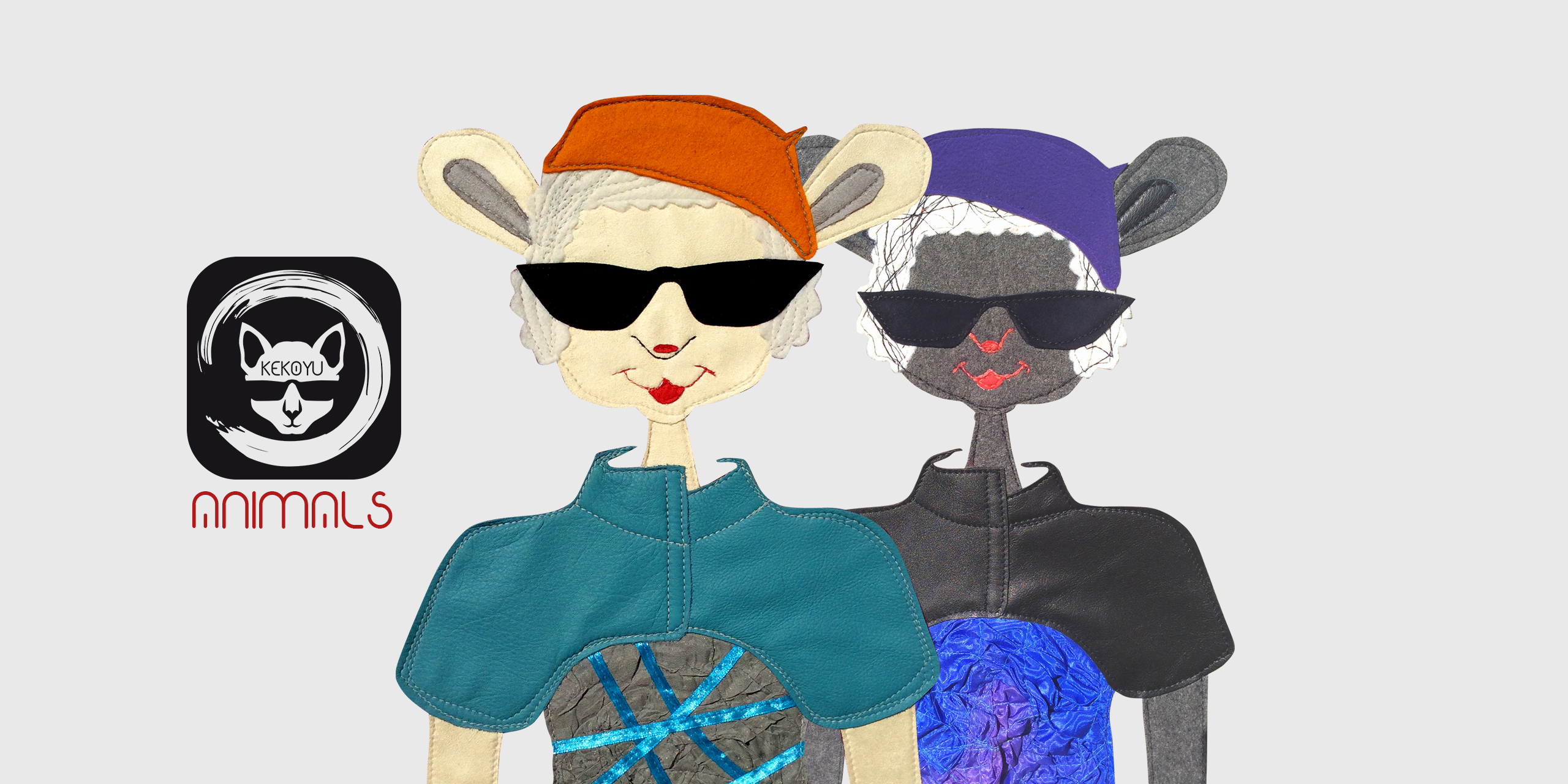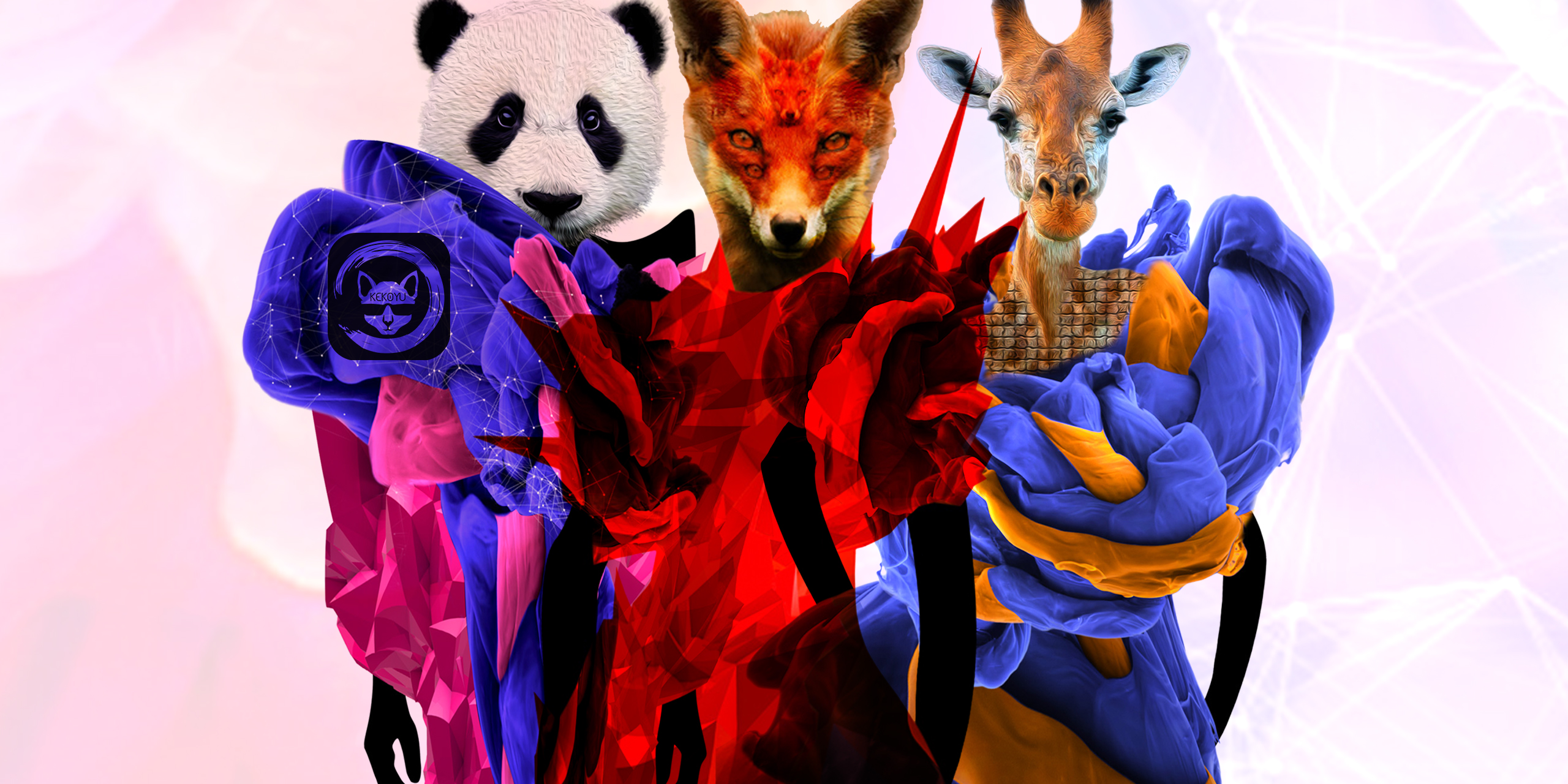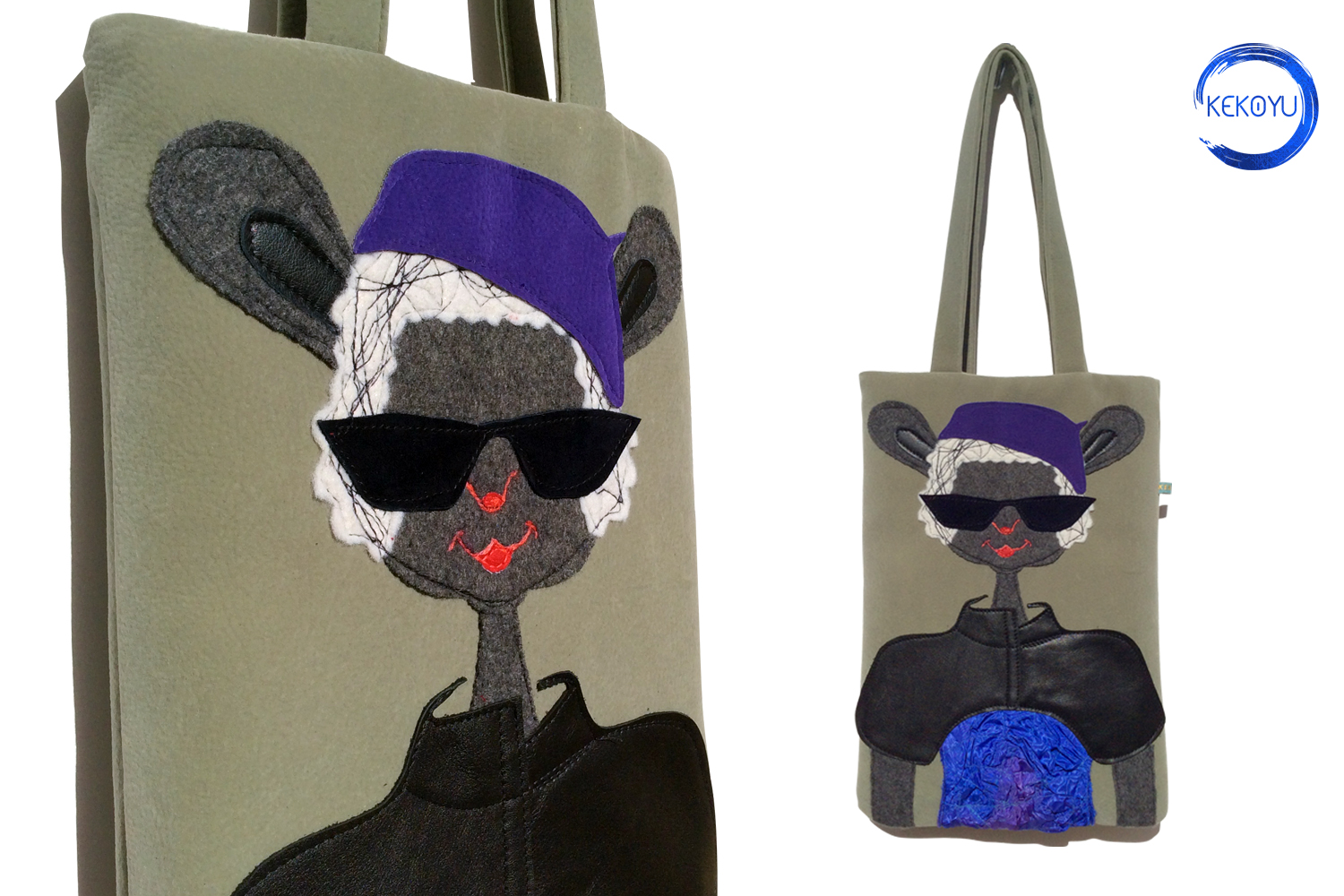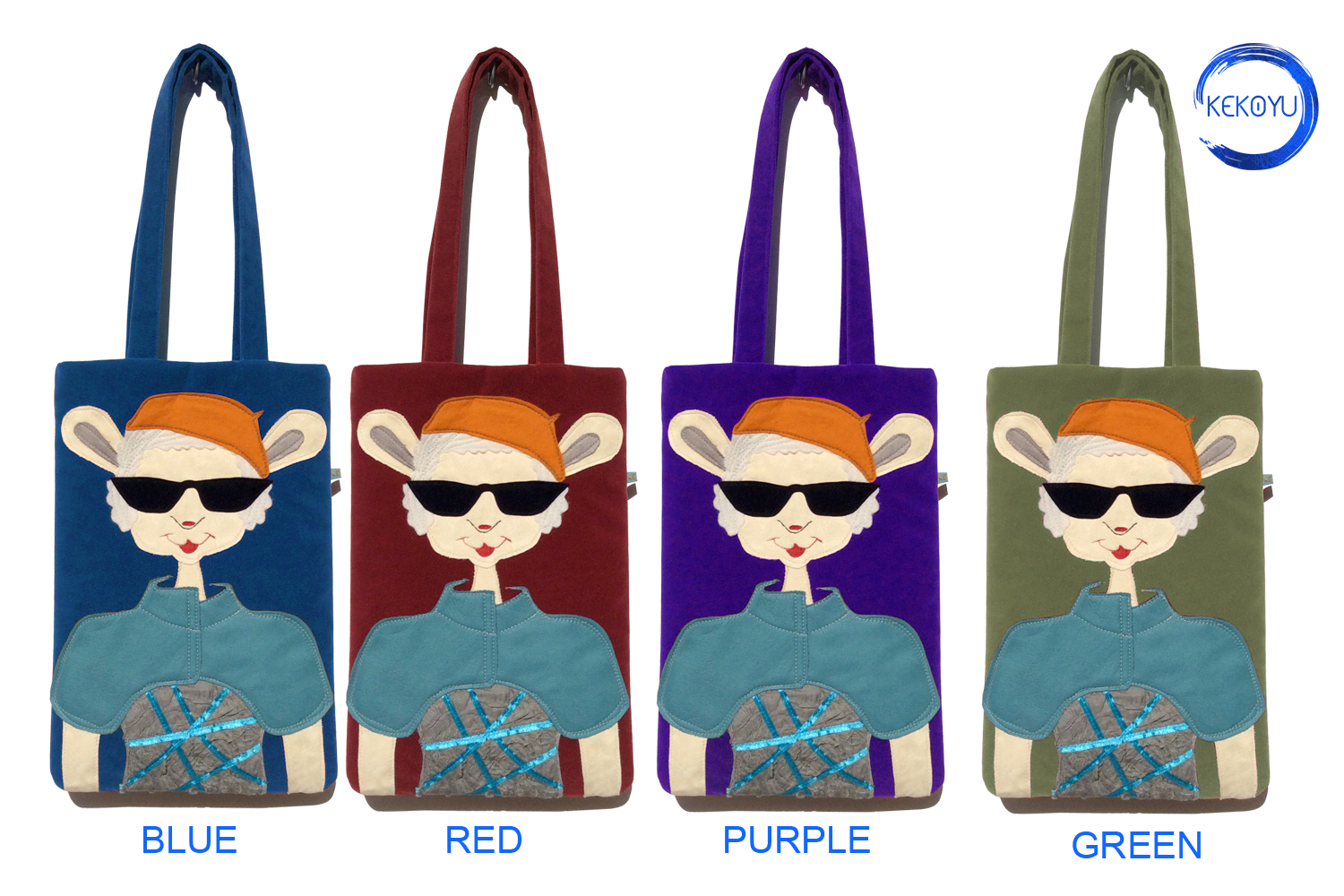
SHEEP
THE WORLD OF ANIMAL FRIENDS
The domestic sheep (Ovis gmelini aries; formerly Ovis aries Linné), also known as sheep, is the domesticated form of the mouflon. It has played an important role in human history as a source of milk, lamb or mutton, wool and sheepskin.
The male animal is called a buck or ram, the female is called a ewe, a sow, a meadow or a goat.
According to earlier views, the short-tailed domestic sheep breeds of north-western Europe, such as the Heidschnucke, and some African breeds developed from the European mouflon, whereas the long-tailed breeds (for example, Merino, fat-tailed and fat-teased sheep) developed from the Urial. Due to recent findings, it has become accepted that all domestic sheep breeds and types are descended from only one wild form, the Armenian mouflon. The domestication of sheep is estimated to have taken place between 8200 and 7500 BC, most probably in Anatolia. Sheep (like dogs, cattle and goats) are therefore among the oldest domestic animals. They are robust and frugal, which makes them adaptable in terms of climatic conditions and food supply, which has certainly contributed to the global spread of these farm animals
There were 1.2 billion sheep in the world in 2018, of which about 50 per cent lived in Asia. Africa was home to about 30 per cent and Europe to about 10 per cent. The rest were distributed across Oceania and the Americas.
In Europe, the United Kingdom had the most sheep, with about 33 million animals in 2018. Sheep numbers in the EU have been steadily declining in recent years, attributed to the reform of the Common Agricultural Policy and the decoupling of premiums from production.
Sheep farming was a common form of agriculture in many cultures, especially in the Mediterranean region.
The male animal is called a buck or ram, the female is called a ewe, a sow, a meadow or a goat.
According to earlier views, the short-tailed domestic sheep breeds of north-western Europe, such as the Heidschnucke, and some African breeds developed from the European mouflon, whereas the long-tailed breeds (for example, Merino, fat-tailed and fat-teased sheep) developed from the Urial. Due to recent findings, it has become accepted that all domestic sheep breeds and types are descended from only one wild form, the Armenian mouflon. The domestication of sheep is estimated to have taken place between 8200 and 7500 BC, most probably in Anatolia. Sheep (like dogs, cattle and goats) are therefore among the oldest domestic animals. They are robust and frugal, which makes them adaptable in terms of climatic conditions and food supply, which has certainly contributed to the global spread of these farm animals
There were 1.2 billion sheep in the world in 2018, of which about 50 per cent lived in Asia. Africa was home to about 30 per cent and Europe to about 10 per cent. The rest were distributed across Oceania and the Americas.
In Europe, the United Kingdom had the most sheep, with about 33 million animals in 2018. Sheep numbers in the EU have been steadily declining in recent years, attributed to the reform of the Common Agricultural Policy and the decoupling of premiums from production.
Sheep farming was a common form of agriculture in many cultures, especially in the Mediterranean region.





